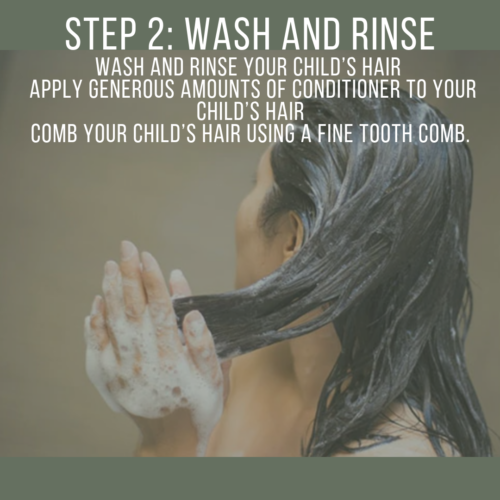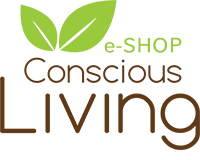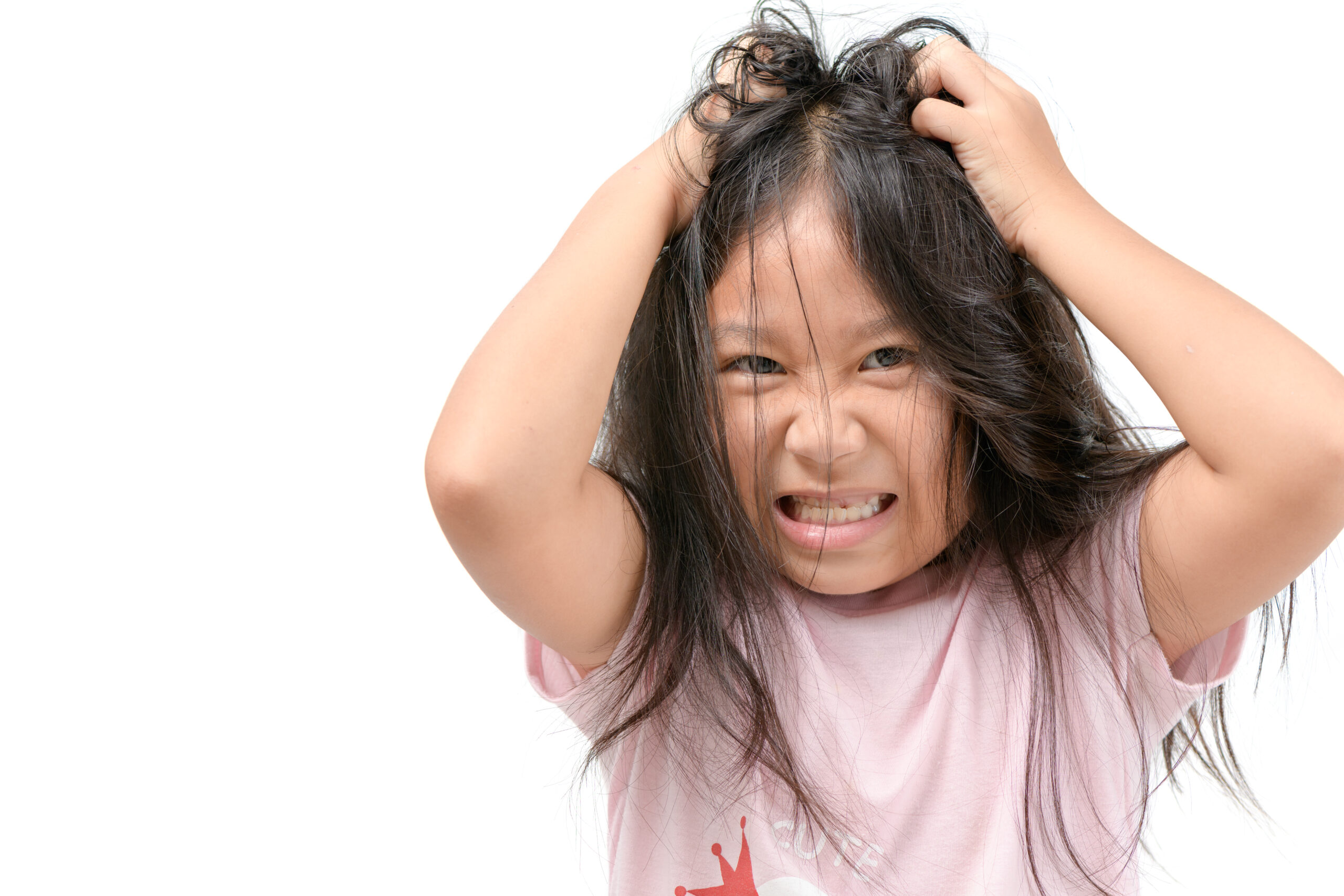Writer: Suphanida Thakral
It is every parent’s worst nightmare to have their child come running home with a head full of lice. While the sight of tiny insects crawling on your child’s head and your child tirelessly scratching their heads can be extremely distressful, remember that having lice is not a reflection of your child’s personal hygiene.
Try to avoid panicking, showing disgust, or blaming your child for having lice as they could develop feelings of anxiety or inadequacy due to this. Ensure them that this is not their fault as, due to children often playing together in close proximity, lice spread like wildfire in schools and classrooms.
Lice are simply microscopic parasites that attaches itself to human hair, feeds on human blood, and lays up to six eggs a day. Itching on the scalp is a common symptom as the body develops an allergic reaction to lice saliva. It is vital, however, to stress that lice do not carry infectious diseases.
Once you have recognised lice for what it is, a nuisance and nothing more, it is time to eliminate them. The key is to start immediately and work rapidly before the lice multiply. But before you douse your child’s head with lice medication, you should know that these medications might not be the best option.
1. Some lice medication like Permethrin only targets lice rather than lice eggs. Clinical trials also show that they are becoming less effective as lice evolve to become more resistant to the chemicals.
- There, therefore, can be no shortcuts when it comes to eliminating lice. You have to anyway supplement the process by manually picking out the lice and lice eggs. Tools like fine-tooth combs and techniques like wet-combing (combing the hair when it’s slippery so the lice and lice eggs fall out) are useful in the process.
2. Toxic ingredients in lice medication can often be worse for your child than suffering from lice.
- Lindane, an insecticide toxic to brain cells, is one of many dangerous ingredients in lice medication. Side effects range from stinging and burning to trouble breathing and dizziness. In the long run, there can also be disturbances to your child’s nervous system.
So, what can a concerned parent do? Luckily, there is a solution that completely avoids toxic chemicals. Here’s a tried and tested method for eliminating your child’s head lice the safe, natural, and effective way.
Step 1: Oil

- Thoroughly oil your child’s hair using coconut oil.
- Manually remove lice and nits
- Leave for around 10-12 hours.
Reason:
Dryness of the hair increases friction, making it harder to remove lice and nits. Lubricating substances such as oil can help. This is particularly helpful on kids with naturally frizzy and curly hair.
Side note: This is one of the reasons why mayonnaise is a popular alternative treatment. It does not kill lice or lice eggs but simply creates lubrication similar to oil. However, considering its pungent smell and thick consistency, using mayonnaise is troublesome. Oil is much easier to work with and wash off.
Step 2: Wash and Rinse

- Wash and rinse your child’s hair using Conscious Living Shampoo
- Apply generous amounts of Conscious Living Conditioner to your child’s hair
- Comb your child’s hair using a fine-tooth comb. Remember to wipe the conditioner onto a tissue paper after each comb.
- Rinse the conditioner off
Reason:
Combing through with conditioner stuns the lice by making it difficult for them to grip onto the hair or spread nits. This is a common lice and nit removal technique known as ‘wet-combing’. Studies show that ordinary conditioner is just as effective as lice removal products.
Step 3: Apple Cider Vinegar

- Dry your child’s hair using hot air from a hairdryer while combing through it
- Apply Apple Cider Vinegar to your child’s hair
- Leave for around 5-6 hours
- Use a hairdryer to apply heat to your child’s hair (as this will allow the chemical reaction to speed up)
Reason:
According to anectdotal advice, apple cider vinegar has properties that can help dissolve the lice ‘glue’ making it harder for the lice to stick to individual hair strands. This will make it easier to wet comb out the lice in the next step.
Step 4: Wash and Rinse
(Repeat Step 2)
Step 5:Dry
- Dry your child’s hair
- Check for head lice. If needed, manually pick out the remaining lice and nits.
Reason:
Aim to use acidic shampoos as they can be helpful in removing nits. Conscious Living Shampoo, through fermentation, is acidic without the use of chemicals.
Shop from our range of chemical-free personal care products today!



